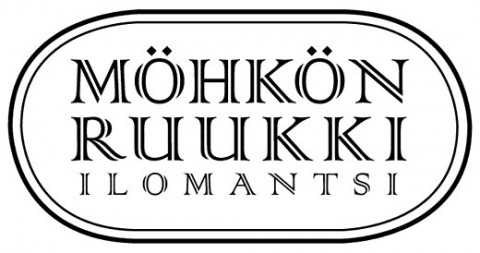Exhibitions
From “Malavi” to “Sukuna” - A Story of Iron
(malavi = ore in the form of limonite, sukuna = the pig iron extracted from malavi - these were special jargon used by the workers in their Karelian dialect, unknown elsewhere)
Pig iron from limonite
Pig iron was refined from limonite in Möhkö ironworks from 1849-1908. The ironworks was once Finland’s greatest producer of iron and provided jobs to hundreds of people. Limonite was extracted from the bottom of lakes with the help of ferries. The ore was melted down into iron in the blast furnaces. When the iron was ready, it was transported to the ironworks of Värtsilä for further processing or to foundries in Saint Petersburg.
The exhibition, From “Malavi” to “Sukuna” - A Story of Iron, uses small, illustrative models to tell the story of iron and how it starts from the extracting of ores to them being melted down.
In the Hall of Pytinki you can relive the afternoon leisures of the ironworks gentry and little travellers get to experience the joys of an old-fashioned playroom.
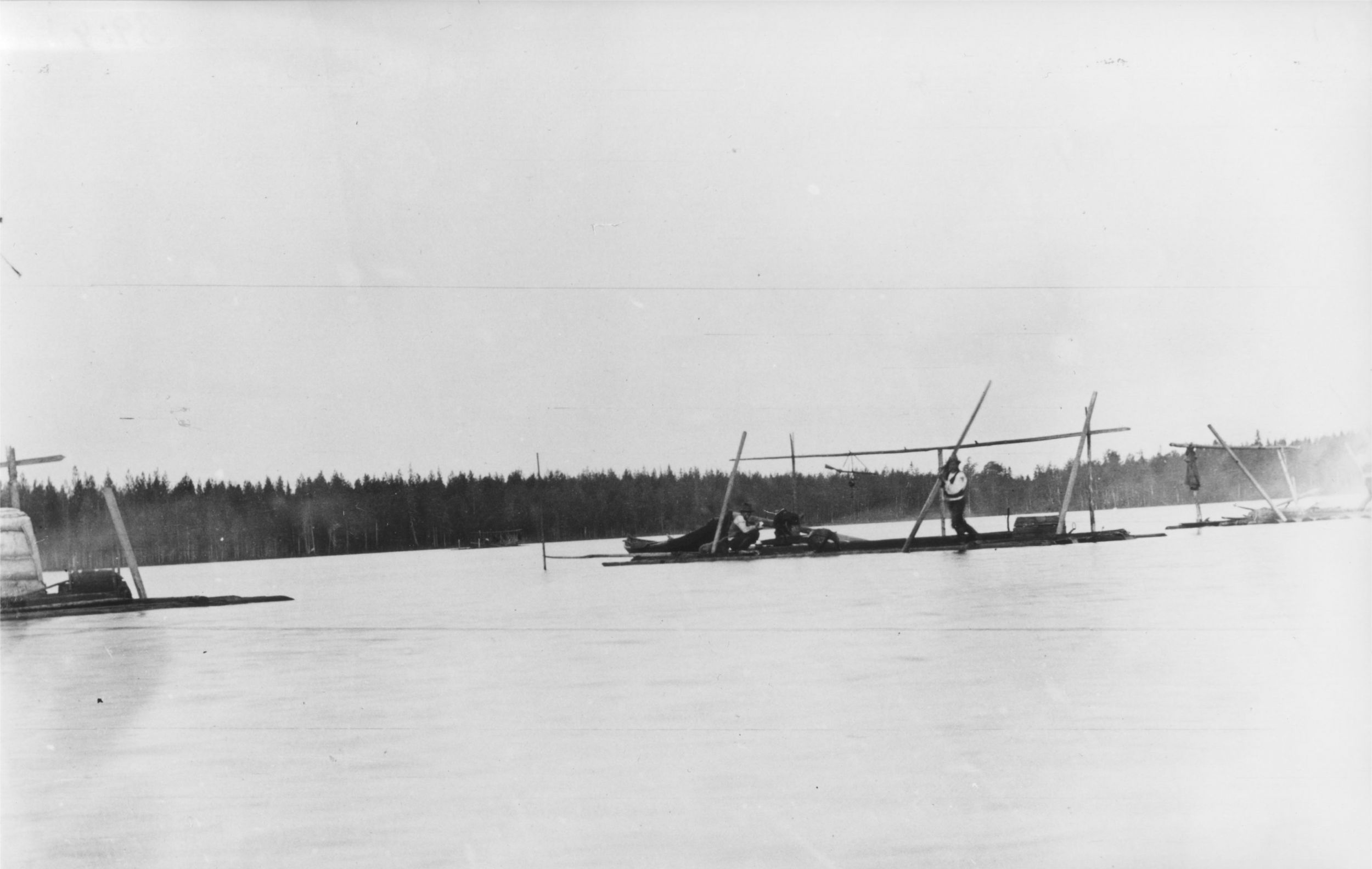
Photo: Limonite extracted from the bottom of a lake at the beginning of 1900. Photographer: Aksel Berner.
Möhkö of the Forests
After the production of iron had come to an end, the ironworks of Möhkö and its forests were transferred to the ownership of Enso-Gutzeit Ltd. And so began Möhkö’s era of forests which lasted till the 1970s. The villagers made a living from the forests and Pytinki served as an office for the association of local management.
The Forested Möhkö exhibition showcases the traditions of the logging site, transporting logs by floating them along rivers and that of log cabins. It also reflects the changes in the everyday life of forestry as brought about by machines.
The Forested Möhkö exhibition is located at the old village shop, Ambari of the ironworks. It's located nearby Pytinki, the ironworks manor.
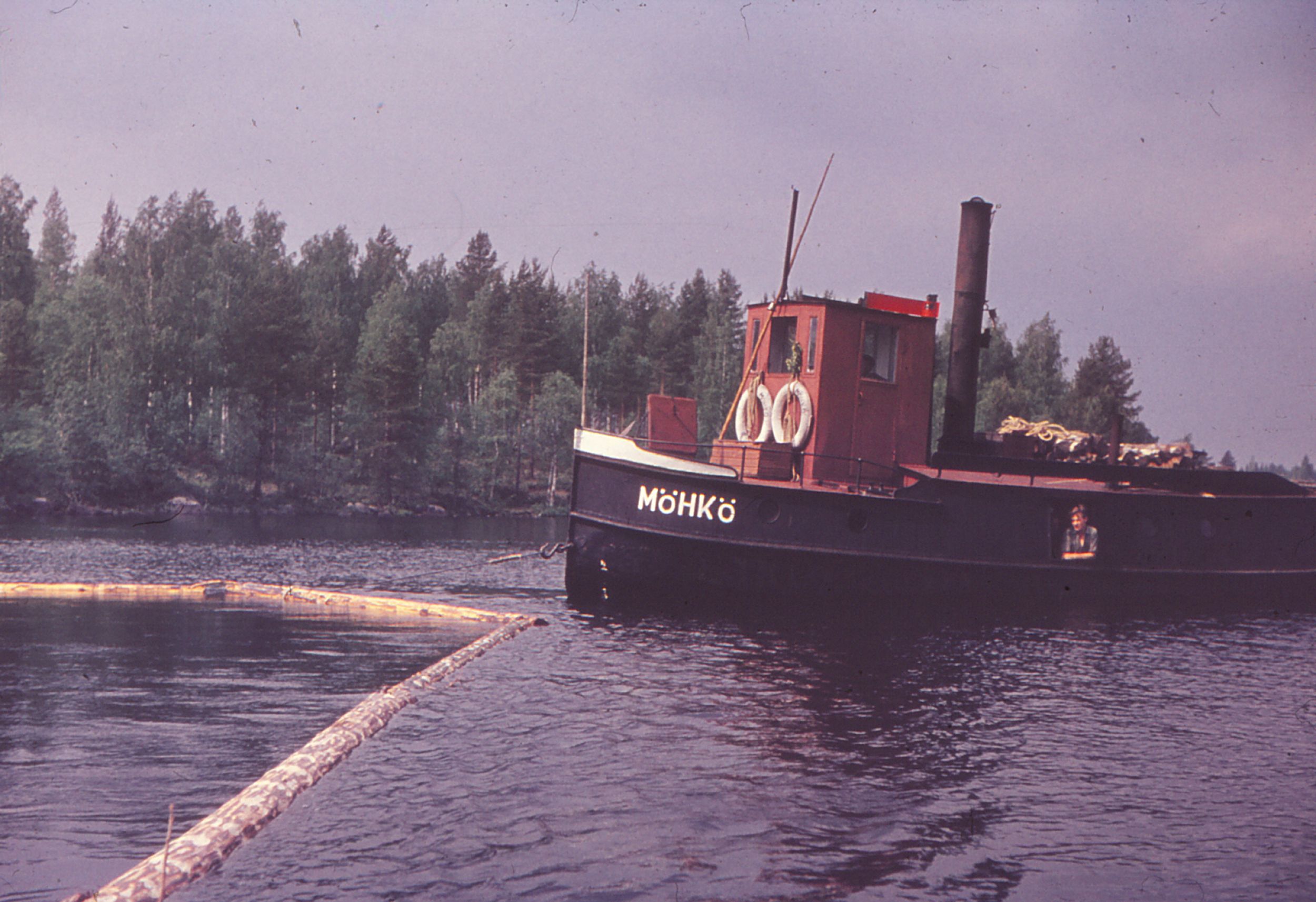
Photo: S/S Möhkö pulling raft on the river. Photographer: Niilo Suihko
Möhkö in the war
The Second World War ravaged the village of Möhkö. The fateful day of Möhkö came during the Winter War on 7.12.1939 when the Soviet division occupied the village. Thus began the occupation phase, which lasted till the time of peace in March of 1940. As a result of the war, Ilomantsi lost around one third of its land area.
At the end phase of the Continuation War in 1944, battles which took place in the Möhkö region had significant impact on the outcome of the war.
Möhkö in the war - exhibition showcases the various stages of the Winter and Continuation Wars in the region of Möhkö, the fate of the evacuees and post-war reconstruction and shortages. The Möhkö in the war - exhibition is located in Pytinki, the main building of the ironworks.
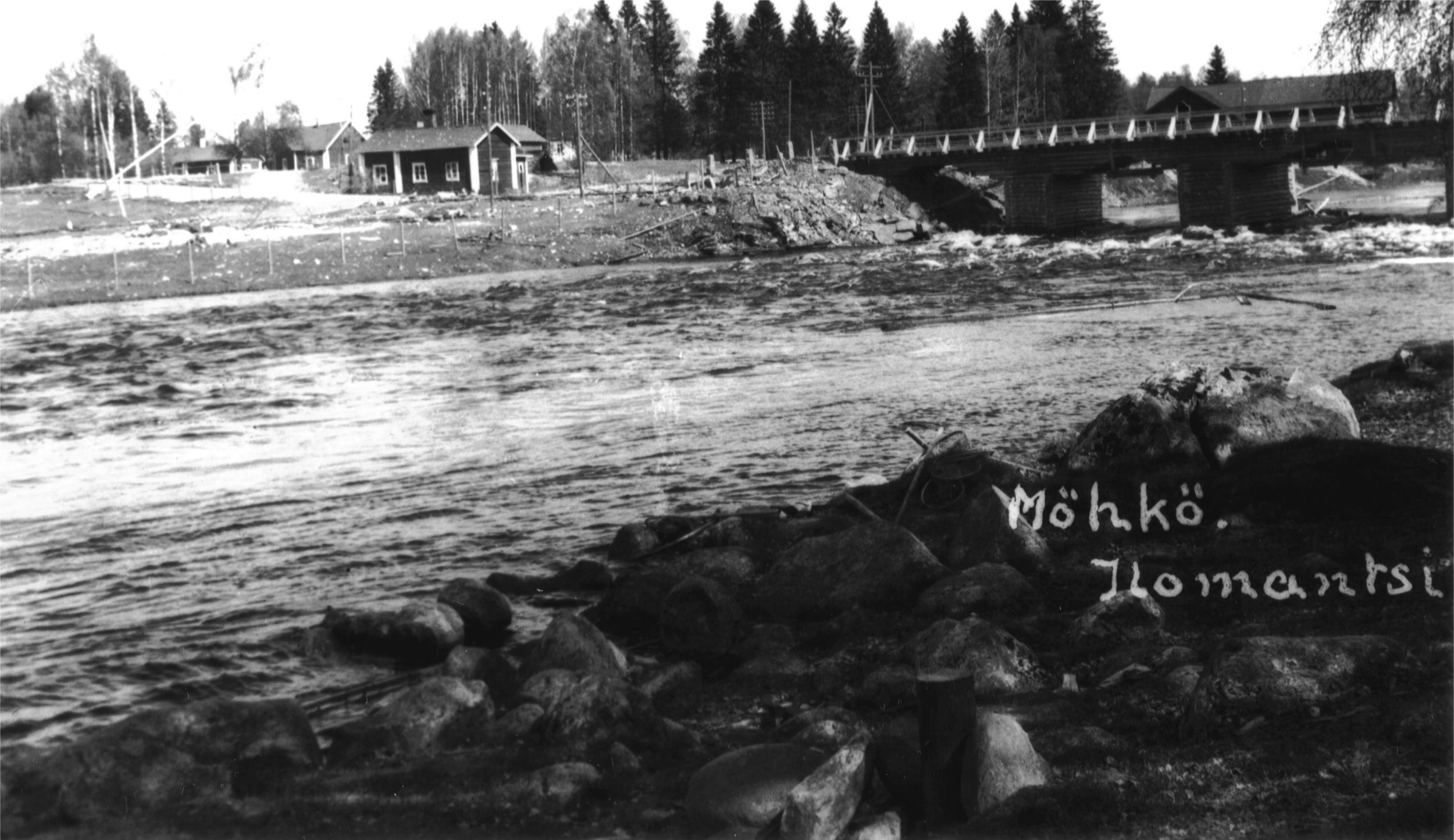
Photo: The bridge on the river Koitajoki built by Russian pioneers. Photographer: Eino Salakka




